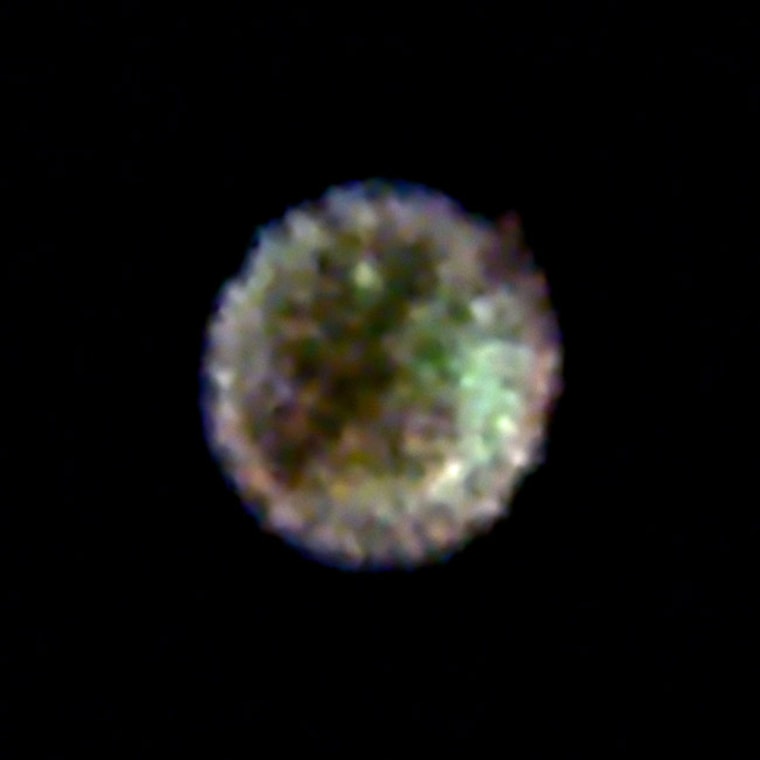Huge explosions on Earth may be one-time deals, but their resounding echoes can give us another bang for our buck if conditions are right.
Strangely, the same is true in the depths of space.
Astronomers recently captured a supernova's blinding flash "echoing" off dust 400 light-years from the detonation site in the Large Magellanic Cloud — which means earthly observers may have seen the original blast 400 years ago. Because a star's death rattle produced the light, scientists can use the new observations to effectively peer into the past.
"We have a chance here to see the supernova in both the past and the present," said Armin Rest, an astronomer at Harvard University who co-authored one of two new studies on supernovae. "We can see light from the blast bouncing off of dust, and we can also see the supernova remnants. It's kind of like having a time machine."
Rest and other astronomers used NASA's Chandra X-ray observatory, Europe's XMM-Newton observatory and the Gemini observatory to gather their findings, detailed in two studies in a recent issue of The Astrophysical Journal.
Blast from the past
Supernova remnant (SNR) 0509-67.5, as the dead star's remains are known, lies about 160,000 light-years from Earth — which means the light we see from it actually began its journey 160,000 years ago. The newly observed echo was created in this manner: Light from the blast traveled for 400 years across the sky, not heading our way, then bounced off stuff and began its journey toward us.
That means light from the original blast, which headed directly this way, would have reached Earth 400 years ago. That explosion is no longer observable, but now the echo has been seen.
Rest said supernova remnants like SNR 0509-67.5 stick around a long time for astronomers to analyze, but noted it's nearly impossible to see them clearly outside of our galaxy. It's also difficult to figure out exactly what kinds of stellar explosions create remnants.
Slideshow 12 photos
Month in Space: January 2014
"Unless you record light directly from a supernova when it happens, you get second-hand information like at a crime scene," Rest said. "Just like it's hard to identify the killer, it's difficult to determine the type of supernova explosion."
It's easiest to catch a supernova under way, he said, but they typically last only a few days.
"We've recorded only a few supernovae in the past couple of thousand years," Rest said, noting that telescopes can now efficiently detect new supernovae across the universe, but ancient explosions are trickier to analyze.

"As the light spreads out from the blast, interstellar gas and dust reflect it around the universe," he said, comparing it to light reflecting brightly in fog. "In this case, it took a longer path to get to Earth than the direct light."
In spite of its older age, he explained, that reflected light is as good as seeing it directly from a supernova.
"Everything about the light is preserved, so we can analyze the spectrum and pinpoint the supernova type, including what kinds of elements it produced," Rest said, noting that carbon, oxygen and heavier atoms necessary for life can be detected in the light spectra, or signature.
Light echoes from SNR 0509-67.5 aren't the first ever to be seen, but Rest said their importance is growing in the field.
"Our ability to see light echoes is improving every year now," Rest said, noting advancements in detectors and other telescope technology. "We can compare these (light echoes) to their supernova remnants and also better estimate how far away they are. Distance is one of the hardest things to determine in astronomy."

